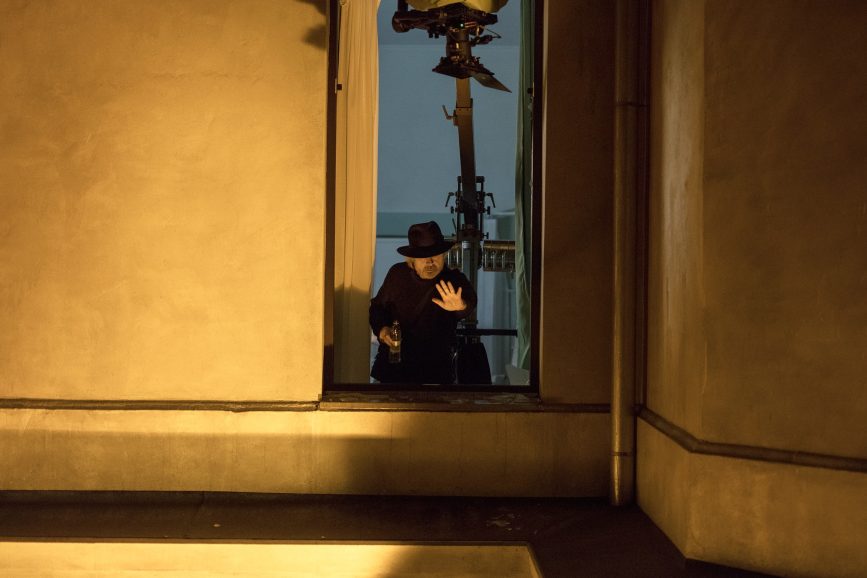Sources that appear in frame are an important part of a DP’s palette, but balancing the light is an artform in itself.
When it comes to practicals, collaboration between the cinematographer and the art department begins early. “It starts in pre-production when we are looking at locations or talking about sets that are going to be built,” says Roger Simonsz BSC. “In a film I did quite recently, [the characters] had just moved into this apartment, so there was nothing, and we had to decide what lamp could they possibly have put somewhere… If the team is together, on the same page, then you should be able to get what fits the story and the situation and also matches the needs of the cinematographer.”

While shooting the Indian Netflix show Class, Alana Mejía González observed that many working-class people in Mumbai lit their homes with white LED tubes. Although she disliked them, the DP knew the tubes were the right fit for the story, but still needed to shape the output. “Sometimes it would be my department just putting some tape on the back of the tubes. That would help control a little bit of the spill of the practical on the walls.”
Cinematographer Matthias Pilz likes to have plenty of options for practicals. “I can’t have too many, as long as they look right, and it doesn’t look too contrived. I love to have lots of practicals in place, but I rarely switch them all on… If you have a location that you come back to for multiple scenes throughout the film, if you have options, you can make them look different each time.

“I always like a wide selection of bulbs because sometimes you want a diffused tungsten bulb, sometimes you want a smaller one, sometimes you want a bigger one, then having LED bulbs is great if you want to play with colour or you don’t have access to power.”
“I’m praying for tungsten bulbs not to ever go out of production!” laughs González. “Even when they are dimmed down and they are much warmer than they would be at full power there is something in that quality that looks, for me, very nice. In terms of skin tones in interior spaces, night interiors, I think they become very interesting.”

Gaffer Julian White explains some of the drawbacks to be considered. “With tungsten-halogen lamps, once you start dimming, they start getting warm and they start making noise. Then with LED bulbs, sometimes the light’s going in the wrong direction.” No light comes out of the bottom of these bulbs, as both White and González point out, hence González prefers to use them as supplementary sources just out of frame.
“Camera sensitivity’s got so great that you don’t need so much light,” says White, “but it’s just trying to tune those [practicals] a little bit more so they’re not burning out.” His tricks include cutting a small hood for the bulb from black wrap to direct the light; using black wrap tape directly on the bulb; fitting ND gel inside the shade so that it retains its texture on camera; or cutting a circle of Depron for the top of the shade to diffuse the light coming out. He has also been known to paint a dot of brown hairspray on the camera side of a bulb to reduce the hotspot. “The other thing is not putting the practical too close to the wall. A lot of set dec’ people will push the lamp as close to the wall as they can… but I always suck it out so the light’s not hitting [the wall] so much.”

–
Words: Neil Oseman






















